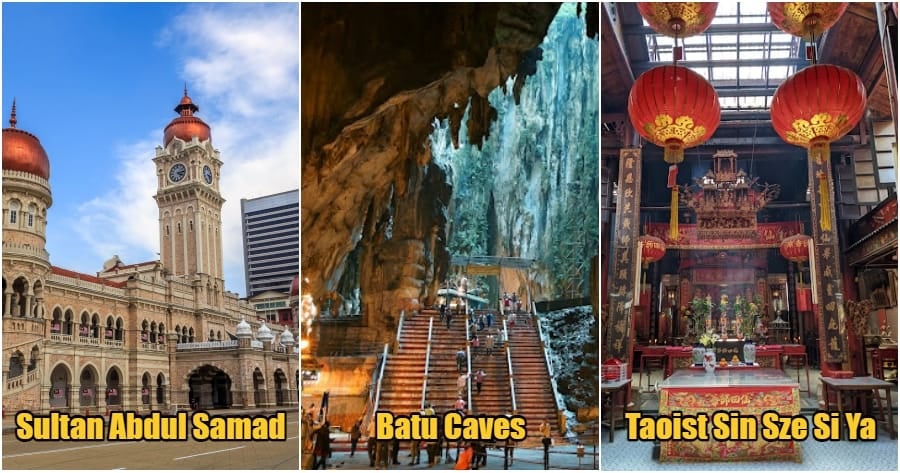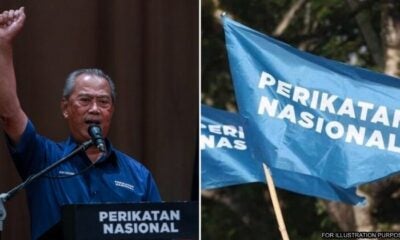Federal Territory Day is celebrated on 1st February every year in Kuala Lumpur, Putrajaya and Labuan. Federal Territory Day commemorates the day in 1974 when Kuala Lumpur was transferred to federal control.
Fast forward to today, Kuala Lumpur has grown into one of the most amazing spots in Southeast Asia.
And since Federal Territory Day is a holiday, you’re probably wondering how to make the most of it. Well, you’re in for a treat because we’ve put together a list of cultural places for you to check out in celebration of Federal Territory Day!
1. Menara Kuala Lumpur
Beyond being a viewing platform, Menara KL Tower symbolises the city with its distinctive architectural design, sleek modern aesthetic, and gleaming spire, showing Kuala Lumpur’s progress and development.
The tower is a frequent host for cultural events, celebrations, and festivals, thanks to its strategic location and impressive design, making it the preferred venue for showcasing the city’s cultural richness.
Functioning as a communication and broadcasting hub, the tower fosters connectivity among people and communities. Its design reflects Malaysia’s cultural and architectural identity, solidifying its status as a recognised cultural landmark.
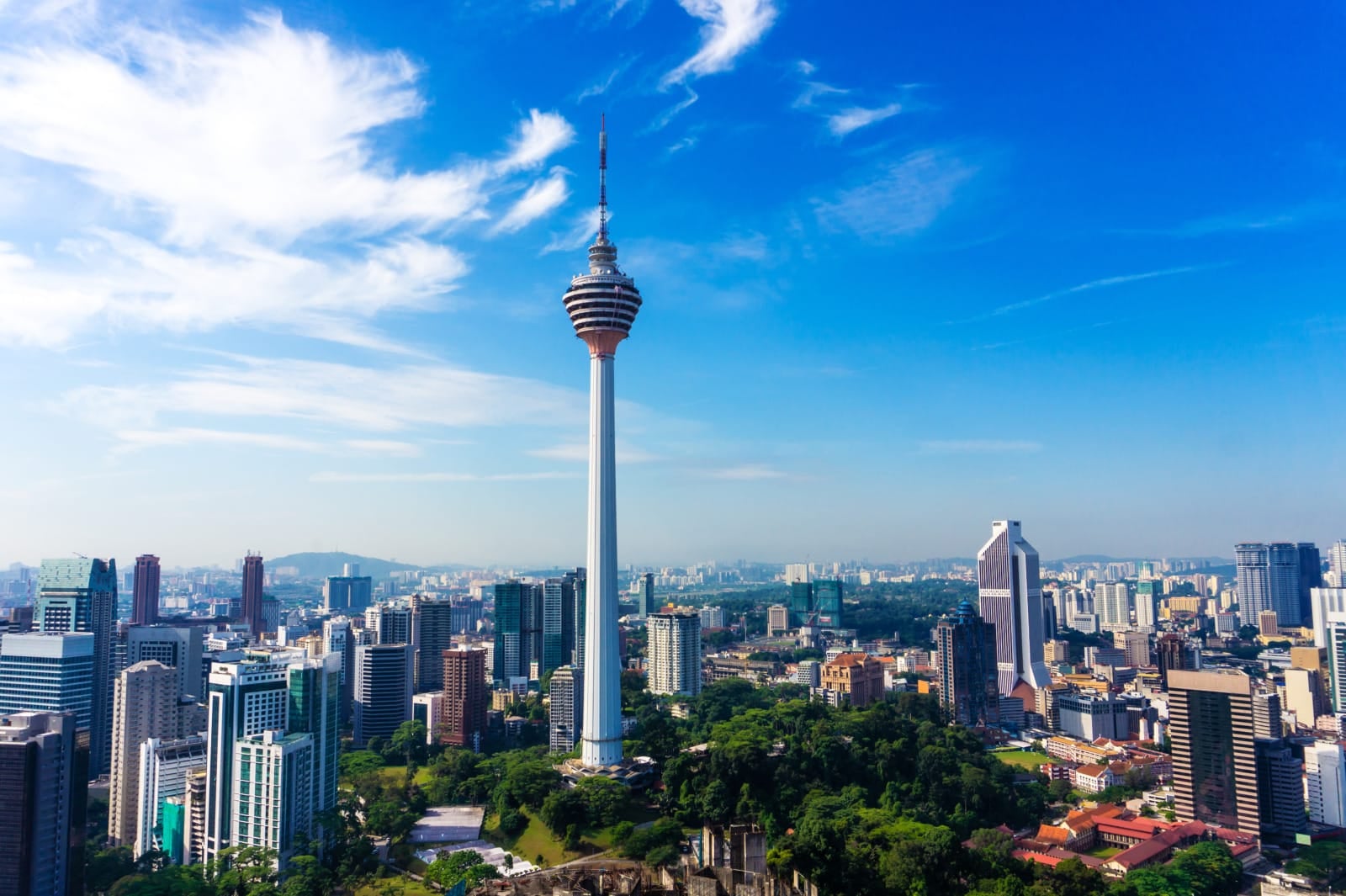
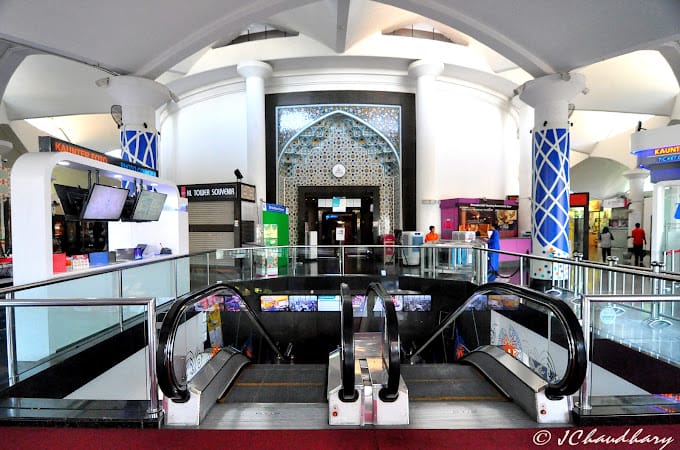
2. Batu Caves
Batu Caves has become a cultural landmark due to its historical, religious, and natural significance. With a history dating back to the late 19th century, the caves incorporate temples, adding layers of historical and cultural importance. As a Hindu pilgrimage site dedicated to Lord Murugan, it draws devotees, particularly during the Thaipusam festival, where acts of devotion, including the ascent of steep steps with kavadi, take place.
The imposing golden statue of Lord Murugan at the entrance of Batu Caves has become an iconic symbol, representing the vibrant cultural and religious diversity of Malaysia.
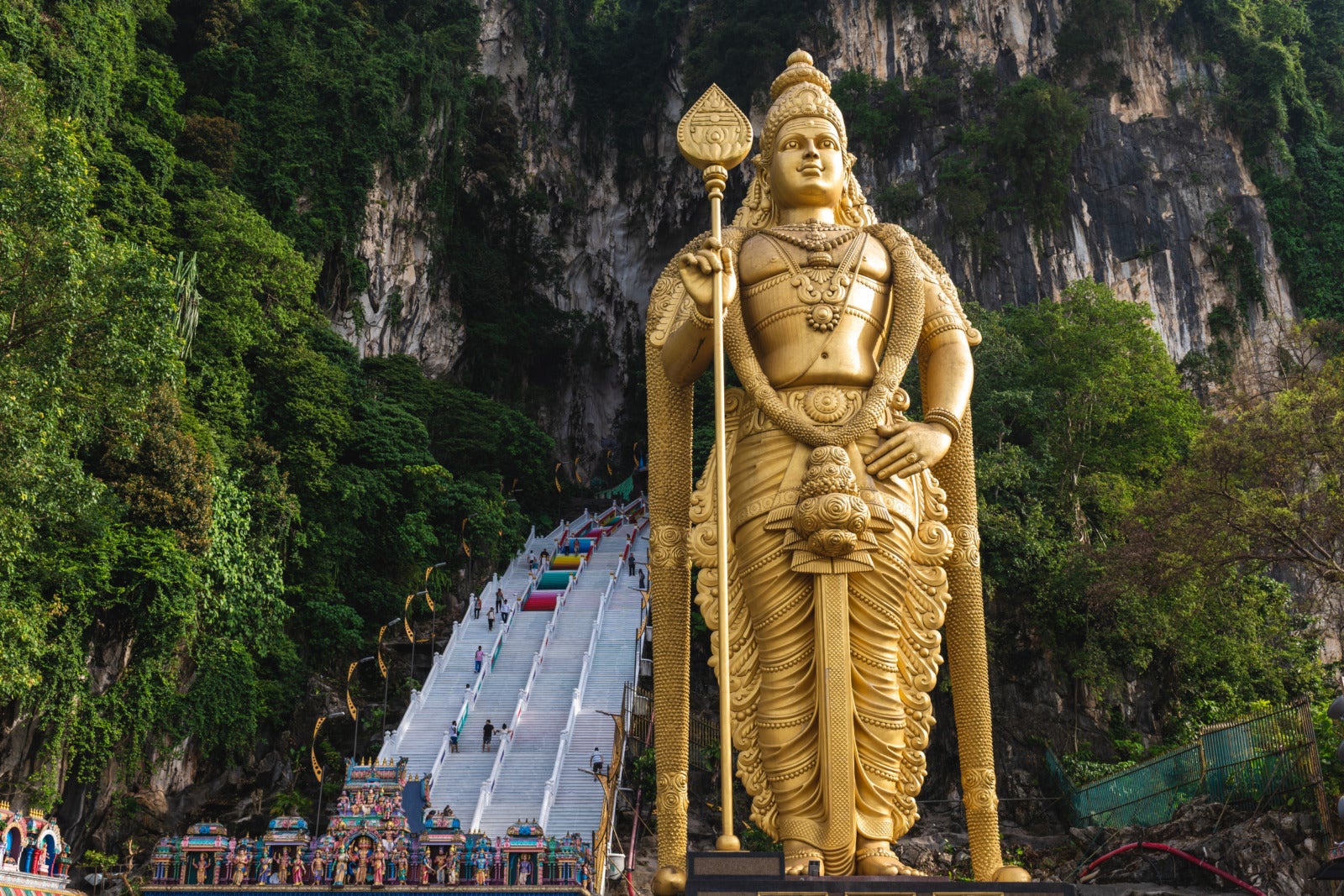
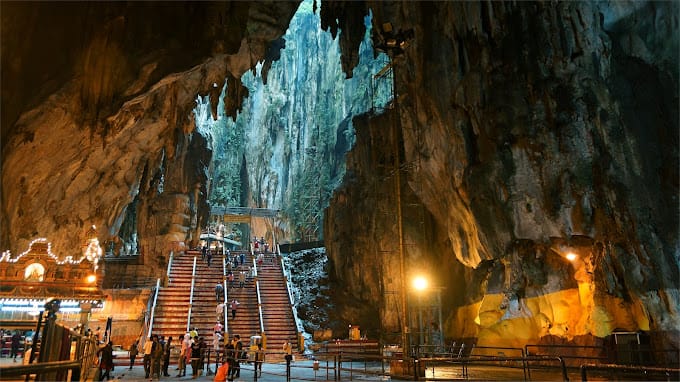
3. Sultan Abdul Samad Building
Built in 1897 during the colonial era, the Sultan Abdul Samad Building served as the administrative center for the British colonial government in Malaysia. Reflecting Moorish and Mughal architectural styles, the building stands out in Kuala Lumpur with intricate details, arches, and a prominent clock tower, showcasing the craftsmanship of its time.
Today, the building is a cultural landmark frequently used for events, ceremonies, and celebrations. Its grandeur and historical significance make it a preferred venue for activities promoting cultural identity and national unity.
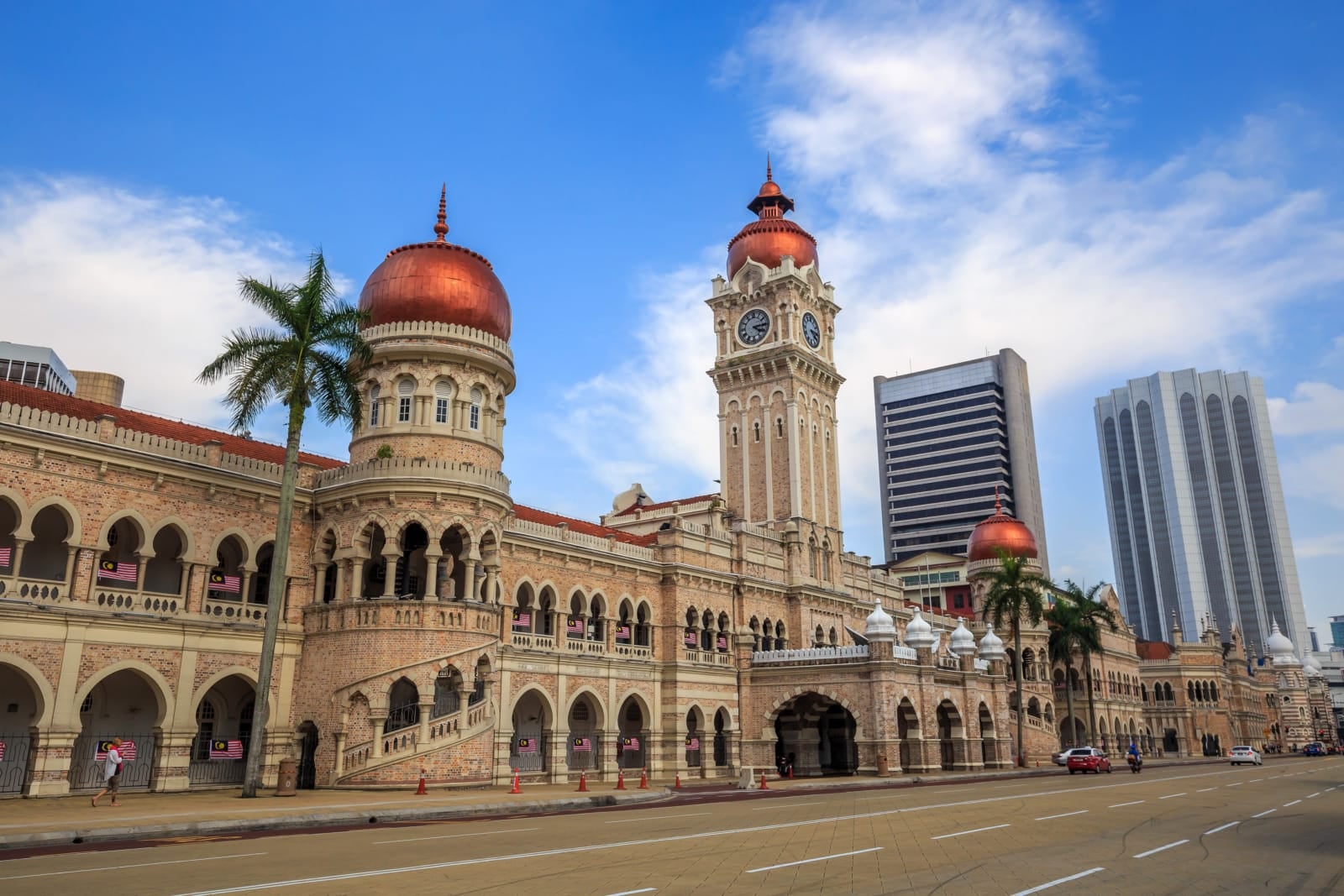
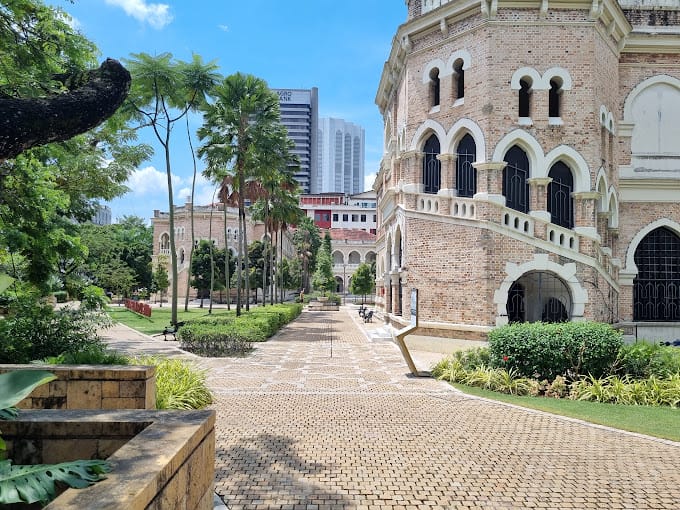
4. National Mosque of Malaysia
The mosque’s modernist design blends traditional Islamic elements with contemporary aesthetics, standing out in Kuala Lumpur. As the national mosque, it holds religious significance, serving as a place of worship and hosting various events.
Representing Malaysia’s commitment to diversity, it welcomes people from different backgrounds. Established in 1965, it symbolises national unity and harmony among diverse communities.
The National Mosque serves as a representation of Malaysia’s commitment to religious and cultural diversity. While rooted in Islamic tradition, it embraces and welcomes people from various cultural backgrounds, promoting inclusivity.
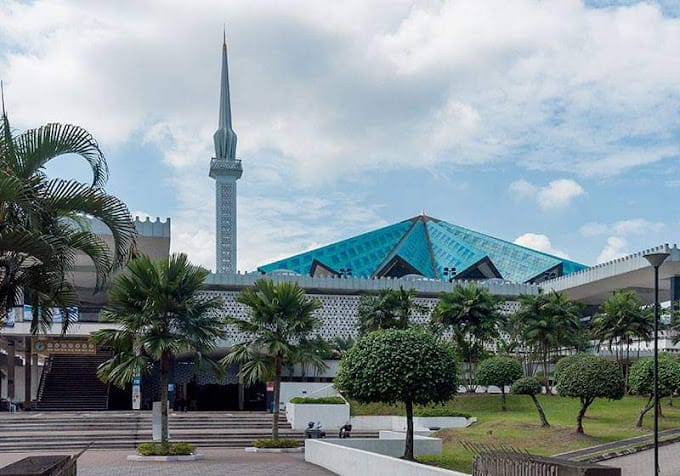
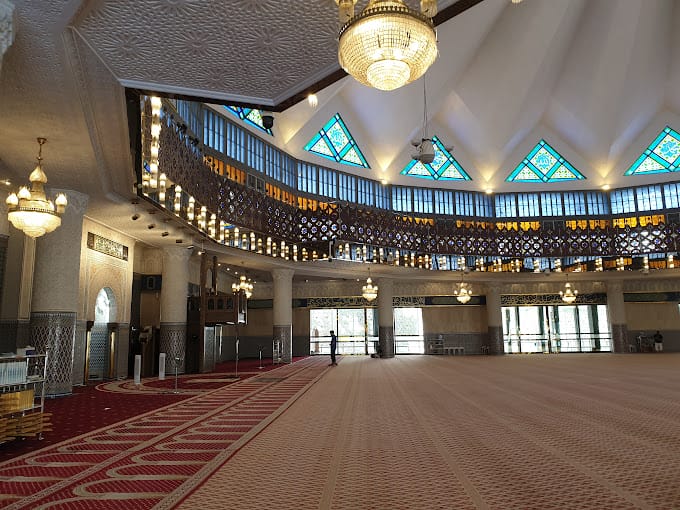
5. Thean Hou Temple
Thean Hou Temple, with its intricate architecture blending traditional Chinese, Buddhist, and Confucian design, stands as a symbol of the rich cultural heritage of Malaysia’s Chinese community. Dedicated to the Chinese sea goddess Mazu, the temple is a significant religious site, hosting functions and ceremonies that contribute to its cultural importance.
Integrating various elements of Chinese culture, including art and symbolism, the temple serves as a learning center for both locals and tourists to experience traditional customs. Inaugurated in 1989, its historical significance reflects the enduring cultural ties of the Chinese diaspora in Malaysia.
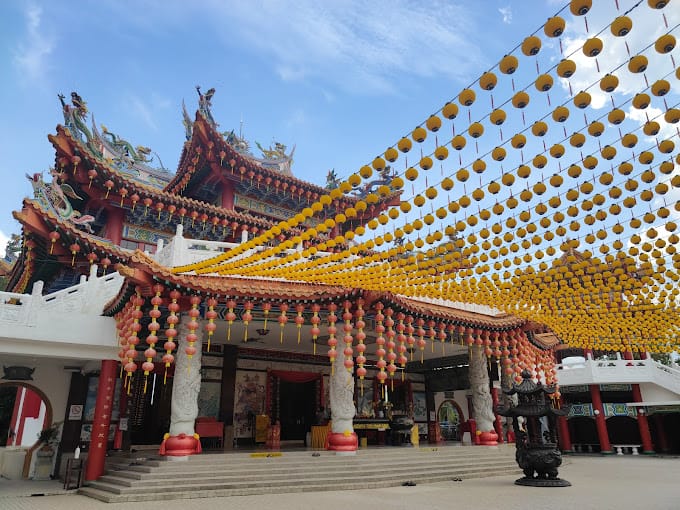
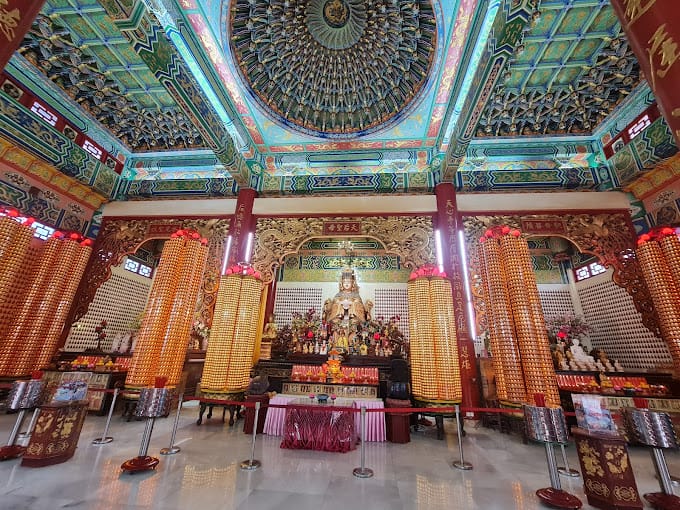
6. Sri Mahamariamman Temple
Built in 1873, Sri Mahamariamman Temple is Kuala Lumpur’s oldest Hindu temple, deeply intertwined with the city’s Indian community development. Known for its captivating South Indian architecture featuring intricate carvings and vibrant colors, the temple stands as a symbol of the Indian cultural heritage in Kuala Lumpur, representing the significant contributions of the Indian diaspora to Malaysia’s multicultural society.
Sri Mahamariamman Temple serves as a gathering place for the Indian community. Beyond religious ceremonies, it provides a venue for cultural activities, social events, and community engagement, reinforcing its cultural role.

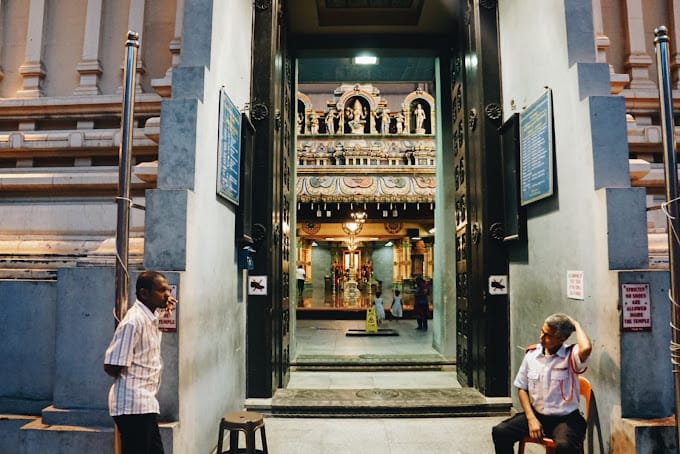
7. Taoist Sin Sze Si Ya Temple
Established in 1864, the Sin Sze Si Ya Temple is one of Kuala Lumpur’s oldest temples, closely tied to the early development of the local Chinese community. As a Taoist place of worship, it holds spiritual significance, hosting religious functions and ceremonies that contribute to its cultural importance.
The temple’s architectural design, blending traditional Chinese and Taoist elements with intricate carvings and vibrant colors, distinguishes it as an architectural gem in the city. With its rich history, unique structure, religious functions, and cultural significance, the Sin Sze Si Ya Temple stands as a recognised landmark in Kuala Lumpur, integral to the city’s cultural identity.
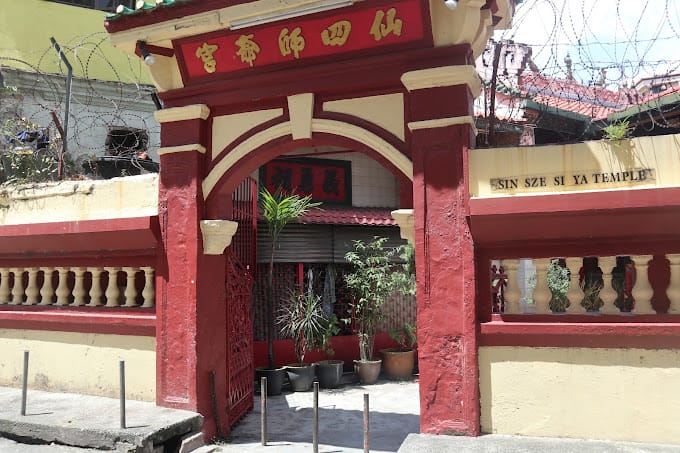
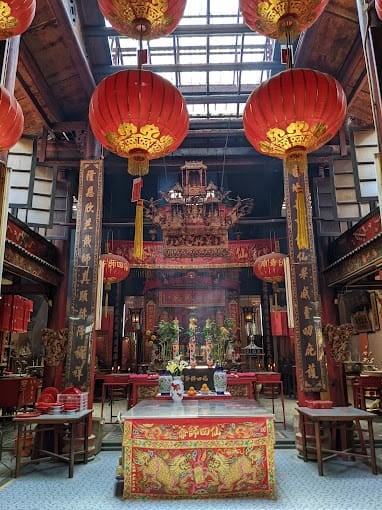
8. Perdana Botanical Garden
The Perdana Botanical Garden, formerly the Lake Gardens, has historical roots dating back to the late 19th century, connecting it to the colonial era and witnessing Kuala Lumpur’s development. It houses diverse plants, trees, and flowers, serving as an educational resource for Malaysia’s natural diversity.
Historical buildings like Carcosa Seri Negara and the Kuala Lumpur Bird Park are found within the garden, adding layers of historical and architectural significance, enhancing its cultural value.
The garden features landmarks like the Hibiscus and Orchid Gardens, symbolizing Malaysia’s national flower and showcasing floral diversity, contributing to its identity as a cultural space.
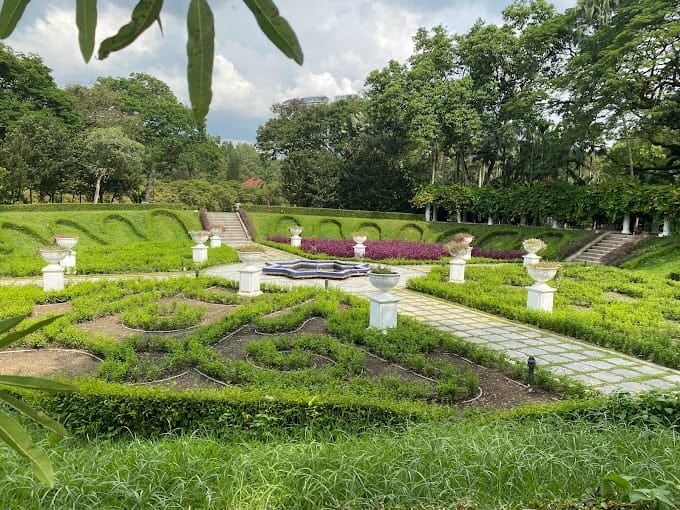
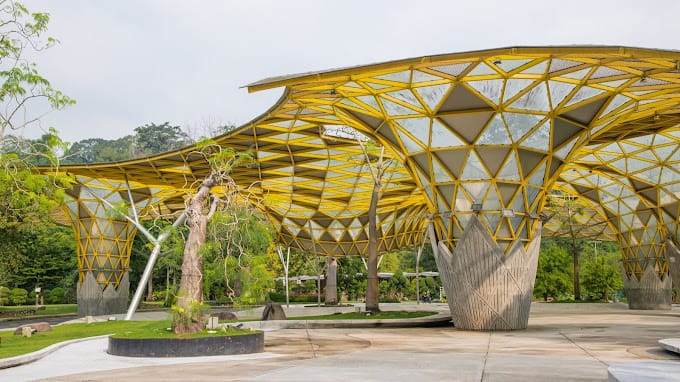
9. Istana Budaya
Istana Budaya’s distinctive architecture, designed to resemble a traditional Malay palace, makes it a standout landmark in Kuala Lumpur.
Istana Budaya is the primary venue for a wide range of cultural performances, including traditional dance, music, theater, and opera. Hosting local and international productions, it serves as a platform for the expression and preservation of Malaysia’s diverse cultural heritage.
As the national venue for performing arts, Istana Budaya plays a crucial role in promoting and supporting the arts in Malaysia. It provides a space for artists to showcase their talents and contributes to the development of the country’s cultural scene.
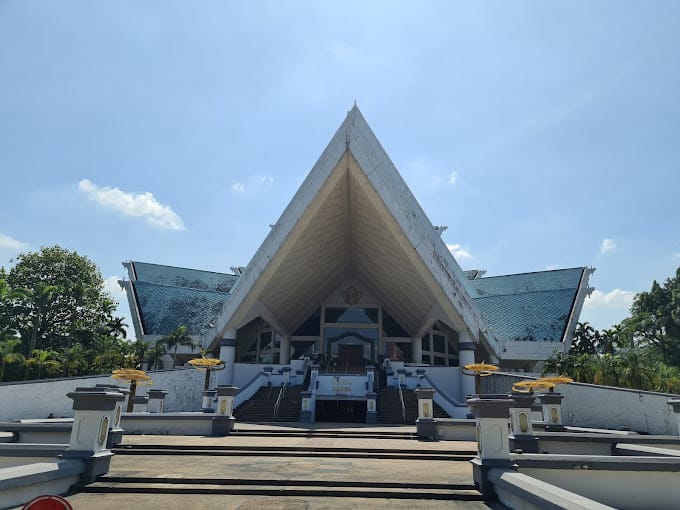
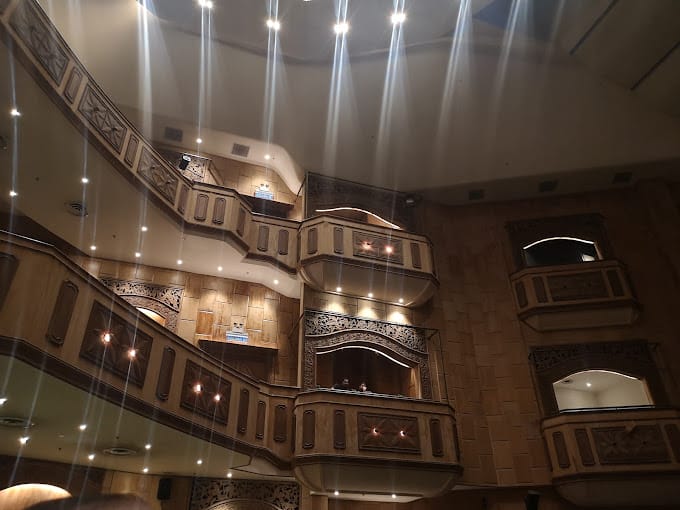
And that’s the end of the list, folks! Which of these Malaysia’s cultural landmarks would you visit during Federal Territory Day? Let us know in the comments down below!
Also read: Did You Know: Kuala Lumpur Used to Be the Capital City of Selangor Until the Mid-1970s

